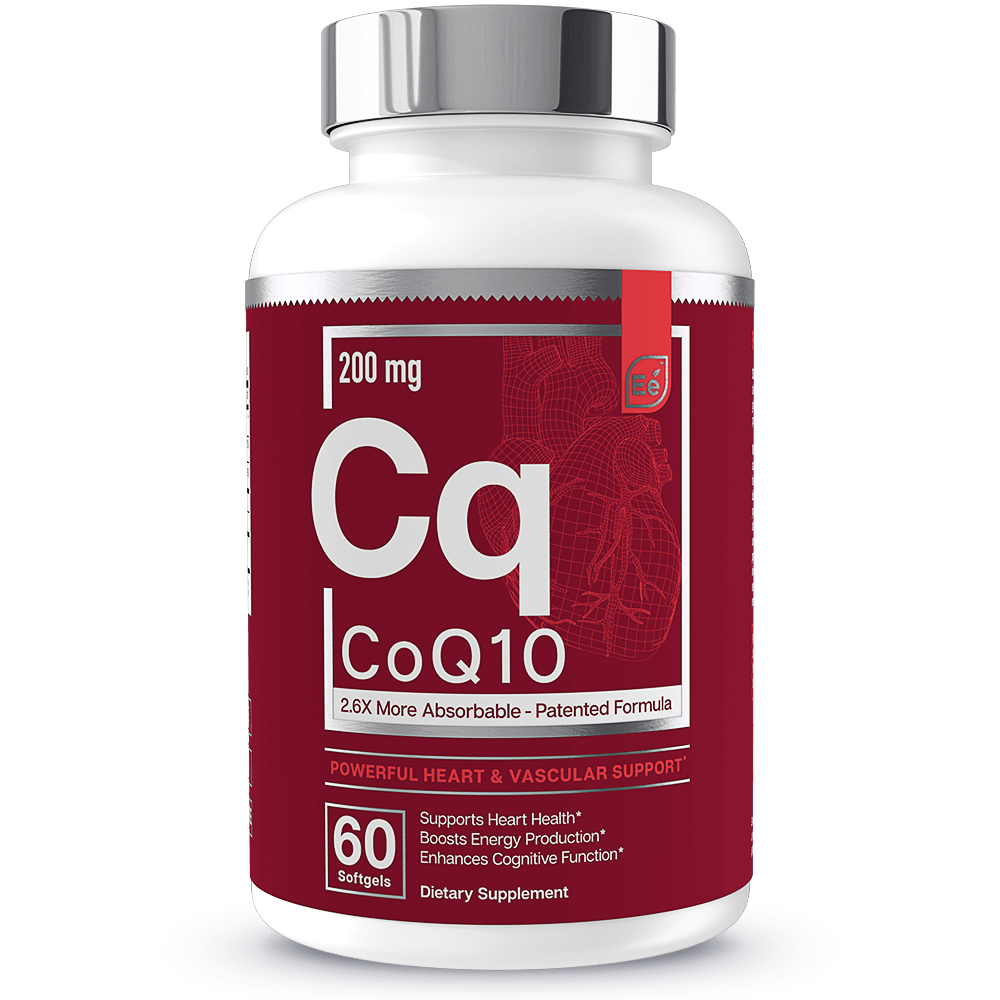5 Tips for Managing Chronic Pain During Pain Awareness Month
7 minute read
If you’re suffering from chronic pain, you hardly need a pain awareness month to remind you of it. That said, the goal of September’s Pain Awareness Month is to raise awareness of the issue and call attention to your plight.
It’s a time to not only increase understanding for what you’re dealing with but to open communication that might lead to more treatment options. Along those lines, there are some options to help manage your chronic pain. Each person is unique in their pain and what works to help get through the day. Try a few options to see what suits you best.
1. Over-the-Counter Medications
Taking an over-the-counter pain reliever is probably the most common treatment for chronic pain, at least initially. The goal is to manage the pain with a common medication like acetaminophen or a nonsteroidal anti-inflammatory drug. Most of these are administered orally, but sometimes topical medications are used to target specific areas of pain.
The problem with over-the-counter pain relievers are the side effects. A study looking into over-the-counter pain medications and side effects found that, while some people were aware of potential toxic interactions and gastrointestinal irritation, many were not informed about potential renal and hepatic problems that could arise.
While there are risks associated with regular use of all over-the-counter pain medications, those risks seem to increase as patients age. This means that not every patient is a good candidate for this type of treatment, and it might not be the best long-term solution.

2. Prescription Pain Medications
If you’re someone who does not find adequate relief from over-the-counter medications or you suffer from some of the known side effects, a prescription might be a better option.
Because pain can be associated with a disease, injury, or surgery, the process of treating that pain is very complex. It might require a combination of medications, and each person is going to have a different pathway to relief.
3. Pain Medications
Due to the fact that most management plans will include a pain medication of some sort, the following is a brief explanation of the most common pain medications, both over-the-counter and prescription options:
♦ Nonsteroidal anti-inflammatories (NSAIDs) can help with pain, inflammation, and fever.
♦ Corticosteroids are a strong anti-inflammatory and can help relieve pain.
♦ Acetaminophen doesn’t help with inflammation, but it does increase the body’s pain threshold.
♦ Opioids modify pain messages in the brain.
♦ Muscle relaxers reduce pain from tense muscles by using a sedative that works for the central nervous system.
♦ Anti-anxiety medications reduce anxiety, relaxes muscles, and help patients deal with existing discomfort.
♦ Antidepressants, particularly tricyclics, can reduce pain signals sent through the spinal cord.
♦ Anticonvulsants are used to relieve nerve pain.

It’s important to seek medical advice and assistance in working through your individual pain symptoms and the options available to you. Not only does your pain need to be considered, but your overall health and other medications need to be factored in as well.
| Related: Tips to Soothe Painful Feet and Keep Them Healthy |
4. Supplements for Relief
If you’re interested in trying some natural pain relief options, supplements might be a good choice. The first step is making note of what type of pain you have and then finding a supplement that features all-natural ingredients that target your ailment.
♦ Joint pain sufferers want to look for supplements that contain Boswellia serrata extract to help with joint function and mobility. Adding astaxanthin, a powerful antioxidant, is also a good way to fight pain. MoveMD by 1MD is a good option for joint pain relief and continued function.
♦ About 80 percent of adults report suffering from low back pain at some point in time, so it’s no surprise that chronic lower back pain is a real problem for many. Capsicum/capsaicin comes from chili peppers, and when used in skin creams, it can provide soothing relief to your back. Comfrey is also a great extract to try if you have upper or lower back pain.
♦ Chronic headaches or migraines are another common complaint. White willow bark, caffeine, Boswellia, feverfew, and butterbur are natural remedies often recommended for headaches.
5. Alternative Therapies
Alternative therapies give you additional coping skills and a different perspective into your pain management. They’re less invasive and often instill in you a sense of self-control that many people prefer. Some options include:
♦ Cognitive-behavioral therapies for pain management teach you to retrain your thought process from focusing on the pain to something else.
♦ Physical therapy can help ease pain by giving the patient exercises that are designed specifically for them to improve strength in certain areas. This helps to relieve stress in the areas that cause pain, and it lessens the chances of the pain continuing. It can also release chemicals in the brain that provide a boost of “good feeling” chemicals.
♦ Acupuncture is an ancient Chinese practice that uses very fine needles to restore the energy flow through your nerves. It has been proven to be an effective practice for many.
♦ Massage can literally rub away some of your pain symptoms. By manipulating muscles and soft tissues, your body is able to relax, and inflamed muscles are soothed.
♦ Biofeedback is a way for you to take charge and identify the process necessary to interrupt the normal flow and change the way you physically feel.
♦ Relaxation techniques like meditation, yoga, mindful breathing exercises, and others can also be a big benefit for people with chronic pain by helping them master their emotions and reactions.
If one of these interests you, ask your doctor for recommendations. If you express that you’re interested in following an alternative therapy path, they may have even more suggestions that aren’t covered here.

The Bottom Line
If you’re suffering from chronic pain, the one thing you’re constantly thinking about is relieving that pain. While Pain Awareness Month is nothing new to you, it can help others understand your situation.
In the meantime, there is something you can do to alleviate your pain. There are over-the-counter and prescription medications designed for all sorts of pain types. The key is finding the right combination of pain relievers to give you the most comfort with the least amount of side effects.
In addition to using a pain reliever, there are supplements that can provide significant relief. The first step is to identify the type of pain you have and then look for all-natural ingredients that have shown proven efficacy in treating your symptoms.
Beyond supplement and pain relievers, alternative therapies can offer a great degree of success. Sticking with the program and being determined to help yourself puts you in a good position for pain management.
READ NEXT >>> Techniques for Relaxation, Sleep, and Stress Relief

























 Health Guides
Health Guides
 Latest Research
Latest Research


